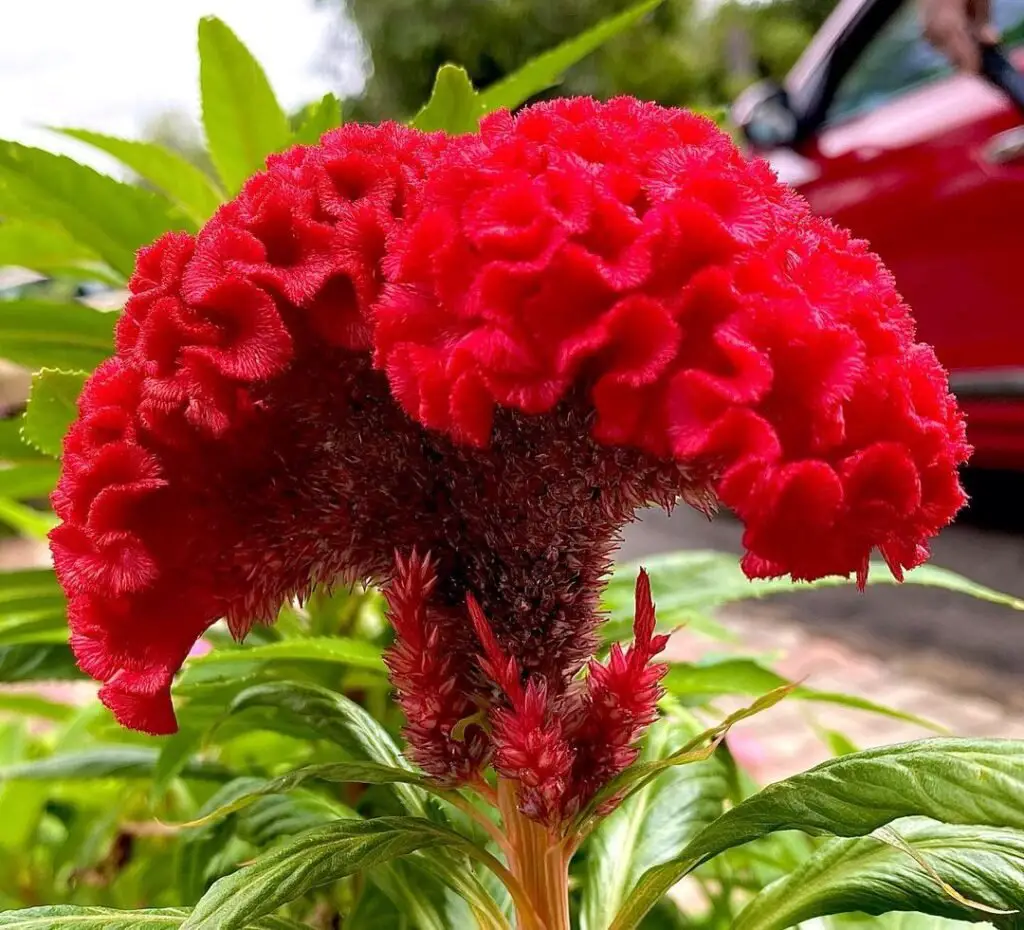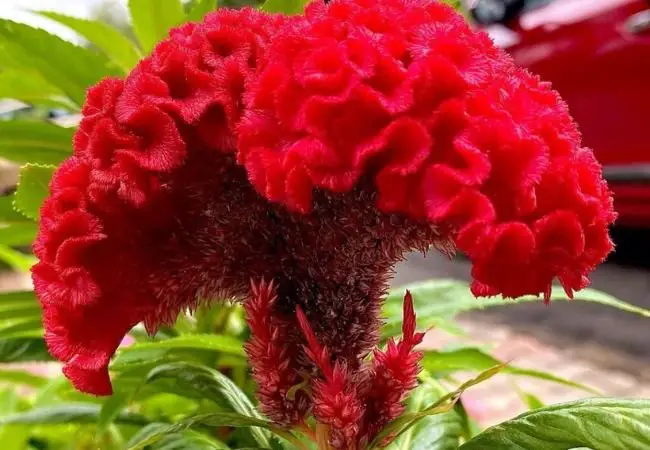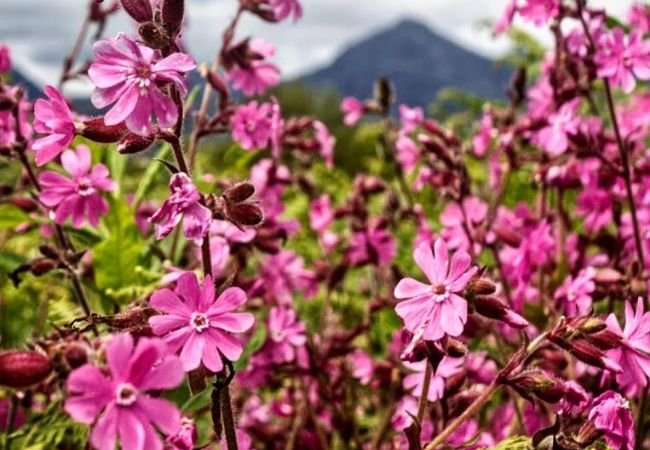Discover the vibrant world of Celosia flowers. Learn about their varieties, care tips and uses in this comprehensive guide to these eye-catching blooms.
Celosia flowers, often called cockscomb or woolflower, is a striking and unique flower that adds a burst of color to any garden. Known for its vibrant hues and unusual shapes, Celosia is becoming increasingly popular among gardeners in the United States. In this article, we’ll explore everything you need to know about these fascinating flowers.
Here’s an easy and verified chart for Celosia:
| Category | Details |
|---|---|
| Botanical Name | Celosia spp. |
| Common Name | Celosia, Cockscomb |
| Plant Type | Annual or perennial (depending on species) |
| Hardiness Zone | Zones 2-11 (depending on species) |
| Sun Exposure | Full sun |
| Soil Type | Well-draining, fertile soil |
| Watering Needs | Average; drought tolerant once established |
| Growth Habit | Upright, bushy |
| Height/Spread | Varies by species; typically 1-3 feet tall, spread 1-2 feet |
| Special Features | Unique, feathery flower spikes in vibrant colors (red, orange, yellow, pink); attractive to butterflies; deer resistant; used in flower beds, borders and as cut flowers |
What is Celosia?

Celosia is a genus of plants in the amaranth family. These flowers are known for their:
- Bright, bold colors
- Unique shapes resembling flames or plumed feathers
- Long-lasting blooms
Learn more about Celosia species from the USDA Plants Database.
Common Varieties
There are three main types of Celosia:
- Plumosa (Feather Celosia)
- Cristata (Cockscomb Celosia)
- Spicata (Wheat Celosia)
Each type has its own unique appearance and growing characteristics. The National Garden Bureau offers more information on different Celosia varieties.
Growing Celosia
Celosia is relatively easy to grow if you provide the right conditions:
- Sunlight: Full sun to partial shade
- Soil: Well-draining, fertile soil
- Water: Keep soil moist but not waterlogged
- Temperature: Warm weather, not frost-tolerant
For detailed growing instructions, visit the Clemson Cooperative Extension website.
Planting and Care
To grow healthy Celosia:
- Plant after the last frost in spring
- Space plants 6-8 inches apart
- Pinch off the first blooms to encourage bushier growth
- Fertilize monthly with a balanced fertilizer
The University of Florida IFAS Extension provides more tips on Celosia care.
Uses of Celosia
Celosia has various uses beyond its ornamental value:
- Cut flowers for arrangements
- Dried flowers for crafts
- Edible leaves (in some cultures)
- Attractive to butterflies and other pollinators
Learn about using Celosia in floral arrangements from the University of Maryland Extension.
Celosia in the Garden
Celosia can be a versatile addition to your garden:
- Use as border plants
- Grow in containers
- Plant in mass for a stunning color display
- Mix with other summer annuals
For landscaping ideas, check out the Missouri Botanical Garden guide.
Pests and Diseases
While generally hardy, Celosia can face some challenges:
- Susceptible to root rot if overwatered
- May attract aphids or spider mites
- Can develop fungal diseases in humid conditions
The Penn State Extension offers advice on managing Celosia pests and diseases.
Harvesting and Preserving
To enjoy Celosia blooms long-term:
- Cut flowers when fully open
- Remove leaves below the water line
- Change water every few days
- For drying, hang upside down in a dark, dry place
Learn more about preserving flowers from the University of Nebraska-Lincoln Extension.
Fun Facts about Celosia
- The name “Celosia” comes from the Greek word “kelos,” meaning “burned”
- In some parts of Africa, Celosia leaves are eaten as vegetables
- Celosia flowers can last up to 8 weeks when cut
Celosia in American Gardens
Celosia has gained popularity in American gardens due to:
- Its drought tolerance, making it suitable for water-wise gardening
- The long-lasting blooms that provide color throughout the summer
- Its unique appearance that adds interest to flower beds and containers
Discover more about drought-tolerant gardening at the EPA WaterSeCelosia is a fascinating and versatile flower that can add a splash of vibrant color to any garden. Whether you’re an experienced gardener or a beginner, Celosia’s easy care requirements and stunning appearance make it an excellent choice. With its variety of shapes and colors, Celosia is sure to become a favorite in your garden.
For more information on annual flowers, visit the American Horticultural Society website.
For more gardening tips and plant care guides, visit usagardenhub.com.






